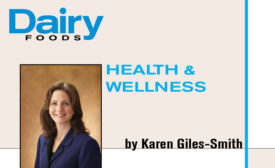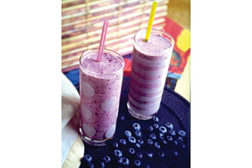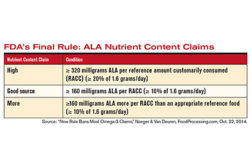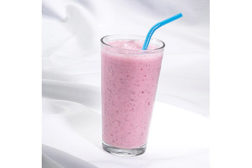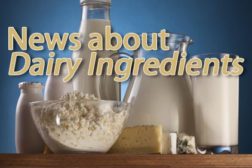Articles by Karen Giles-Smith MS, RD
Dairy protein blends
Promoting protein-fortified products
Consumers look at labels for total protein content.
October 14, 2014
The dairy industry’s role in prebiotics education
Consumer awareness and purchases of probiotic-containing products have skyrocketed. Has this paved the way for promoting and marketing prebiotics in dairy foods?
August 7, 2014
Stay ahead of the curve. Unlock a dose of cutting-edge insights.
Receive our premium content directly to your inbox.
SIGN-UP TODAYCopyright ©2025. All Rights Reserved BNP Media.
Design, CMS, Hosting & Web Development :: ePublishing
